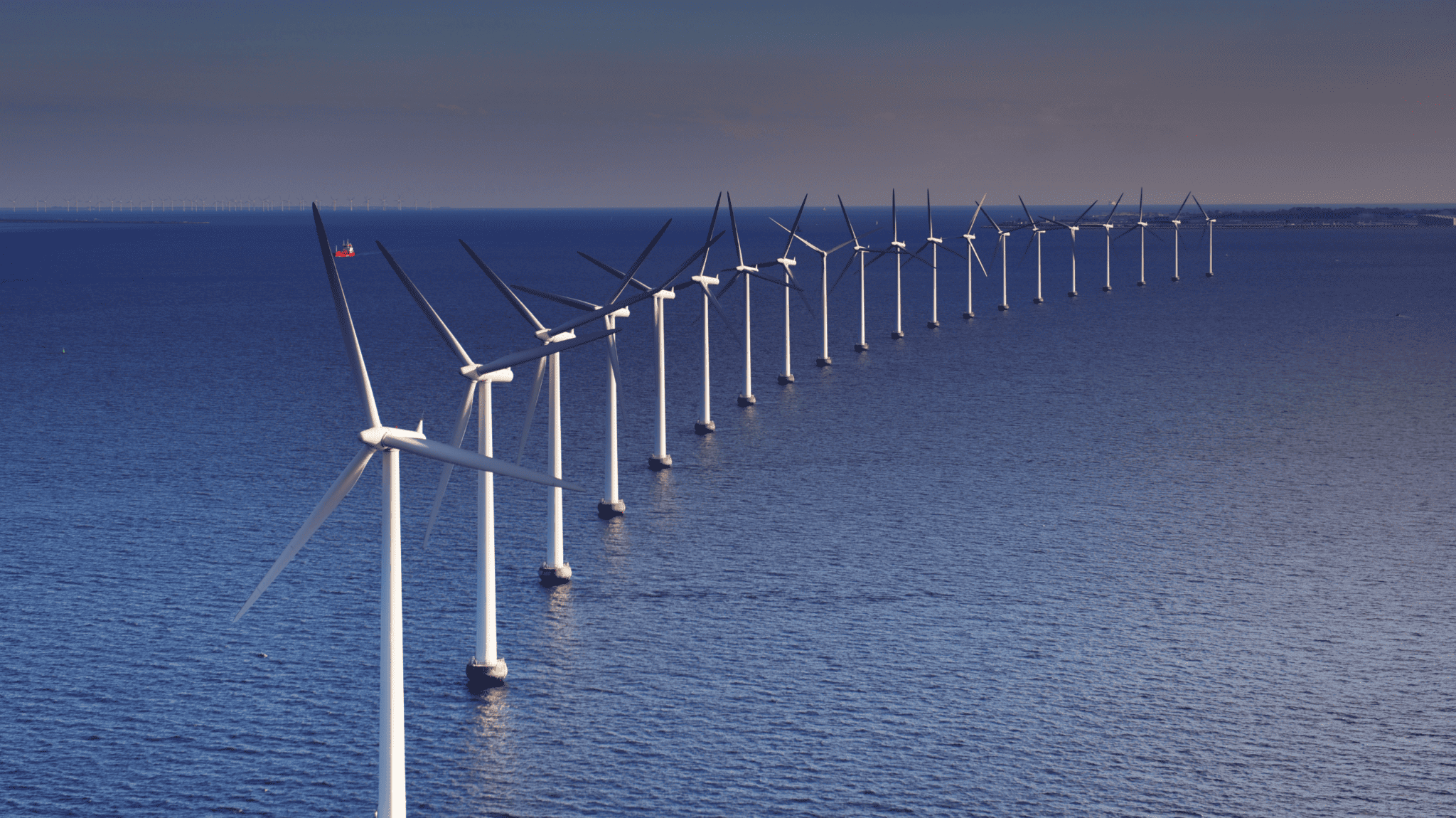
Our panel of experts from Sennen’s latest webinar share their top tips on improving O&M strategies.
The O&M team needs a comprehensive understanding of the economic aspects of the wind farm throughout its development and operational phases. It can be a big challenge to get a proper grasp on the value of production as it relies on effective communication between different organisations. To establish an effective O&M strategy, it is crucial to have a clear understanding of the cost implications associated with decision-making processes. To achieve this, a culture of transparency and information sharing among the various departments and organisations is needed. By gaining a deeper understanding of the economic factors at play, the O&M team can make informed decisions that align with the overall goals of the wind farm and maximise its long-term viability.
I think what I’d like to see is a proper understanding in the O&M team of the economics of the wind farm through the process of development, but also when it’s operating.
Bob Smith, former General Manager, London Array
Involving O&M teams early in the process allows them to absorb valuable knowledge that may not be documented or stored in databases or reports. It’s all about capturing that local knowledge and retaining it throughout the O&M phase. This approach brings immense benefits. By having the O&M team in place and actively participating from the beginning, they can build a deep understanding of the project and ensure a smooth transition from construction to ongoing maintenance and operation.
It’s crucial to get your O&M team, as in your actual technicians – the people that are going to be working on the wind farm in O&M – involved in the construction project, especially commissioning, as much as possible
Mike Young, Senior Consultant, Sennen
Read more about this here!
It may seem like a simple detail, but it’s important. After planning consent has been given, revisit the numbering system for the turbines. Often, changes happen such as the number of turbines may be adjusted or the turbine type might change. If the numbering system isn’t updated, it can lead to confusion – particularly when you’re working with documents and spreadsheets over many years that don’t reflect the actual layout. Establishing a process early on that ensures the numbering aligns with the layout, and that changes are accurately recorded as the project evolves, is crucial.
Reset the numbers of the turbines. The number of times I’ve gone to a wind farm and people ask me why are there numbers up to 60 when you’ve only got 30 turbines. I’d like to go back and re-number them because I have to deal with them for the next 25 years – looking at spreadsheets of numbers that don’t exist.”
Calum Hume, O&M Manager, EDFR
Play the clip below to listen to Mike Young from Sennen, Bob Smith formerly from London Array and Calum Hume from EDFR, each explaining their ideal step towards a better O&M strategy within the offshore wind industry.